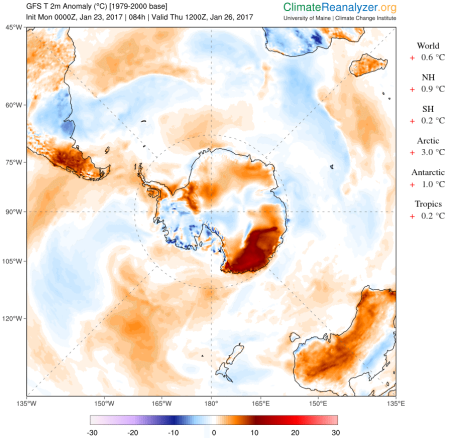Bay Of Bengal: Depleted Fish Stocks And Huge Dead Zone Signal Tipping Point

Source: The Guardian Long treated as a bottomless resource pit, over-exploitation of the ocean, pollution and rising sea levels are having a catastrophic impact on life in the bay The Bay of Bengal’s basin contains some of the most populous regions of the earth. No less than a quarter of the world’s population is concentrated in the eight countries that border the bay. Approximately 200 million people live along the Bay of Bengal’s coasts and of these a major proportion are partially or wholly dependent on its fisheries. For the majority of those who depend on it, the Bay of Bengal can provide no more than a meagre living: 61% of India’s fisherfolk already live below the poverty line. Yet the numbers dependent on fisheries are only likely to grow in years to come, partly because of climate change. In southern India drought and water scarcity have already induced tens of thousands of farmers to join the fishing fleet. Rising sea levels are also likely to drive many displaced people into the fishing industry.
Abnormal Antarctic Heat, Surface Melt, Giant Cracks In Ice Shelves — More Troubling Signs Of A World Tipping Toward Climate Chaos

Source: Robert Scribbler Around its edge zone, and from glacier top to ice shelf bottom, Antarctica is melting. Above-freezing surface temperatures during the austral summer of 2016-2017 have resulted in the formation of numerous surface-melt ponds around the Antarctic perimeter. Large cracks grow through Antarctic ice shelves as warmer ocean currents melt the towering glaciers from below. The overall picture is of a critical frozen region undergoing rapid change due to the human-forced heating of our world — a warming that has brought Antarctica to a tipping point, for such fundamental alterations to Antarctic ice are now likely to bring about a quickening rate of sea-level rise the world over. Surface Melt Visible From Satellite During 2016-2017, Antarctic surface temperatures ranged between 0.5 and 1 degree Celsius above the already warmer-than-normal 1979 to 2000 average for most of Southern Hemisphere summer. While these departures for this enormous frozen continent may not sound like much at face value, they’ve translated into periods of local temperatures up to 20 C above average. As a result, measures around Antarctica along and near the coastal zone have risen above the freezing mark on numerous occasions. These periods of much-warmer-than-normal weather have in turn precipitated widespread episodes of surface melt.
At One End Of Trump’s Revived Keystone XL Pipeline There Is A Scene You Must See To Believe

Source: Business Insider President Donald Trump on Tuesday signed an executive order to revive and expedite two multibillion-dollar underground pipelines that would snake oil through US states to centers of the petroleum industry. One is the contentious $3.8 billion Dakota Access pipeline, which would shuttle petroleum more than 1,100 miles, from North Dakota's Bakkan oil fields to holding tanks in Patoka, Illinois. The other is the Keystone XL pipeline — a new segment of the existing Keystone Pipeline system, which begins in the Alberta, Canada, oil sands, also called tar sands (use of either term is controversial), and ends in Patoka as well as points in Texas along the Gulf of Mexico. The XL segment, which could cost its builders as much as $10 billion, is partially built and would move larger volumes of oil in less time by shortening the route and burying larger-diameter pipes.
